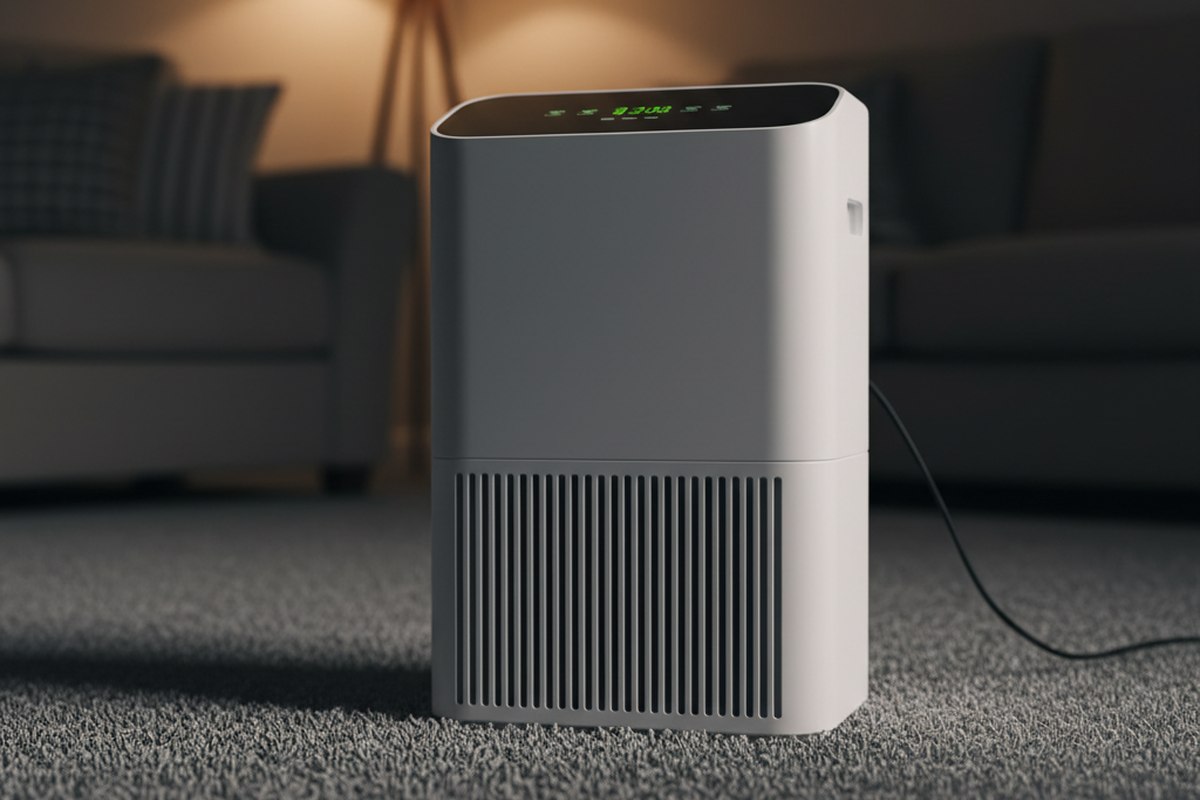What is LED Light Spectrum
LED light spectrum is range of electromagnetic wavelengths of light emitted by LED (Light Emitting Diode) light sources. LEDs are known for their ability to emit light in specific wavelengths, which can be controlled and manipulated to create different colors and shades of light. This range of wavelengths determines the color temperature and color rendering properties of LED lighting fixtures. LED lights can emit light within a broad spectrum of colors, ranging from the cooler blue and white tones to warmer hues. While LEDs tend to lean towards the bluer end of the color spectrum compared to traditional lighting, they offer a more consistent distribution of light across the color spectrum. LED lights are available in various color temperatures, allowing for customization based on specific lighting needs.
In the context of plant growth, the LED light spectrum plays a crucial role. Plants utilize light in the photosynthetic active radiation (PAR) region, which ranges from approximately 400nm to 700nm. This range is considered optimal for photosynthesis. LED lights designed for horticultural purposes often emit light in specific wavelengths within the PAR range, such as blue and red, as these wavelengths are absorbed by chlorophyll and promote plant growth.
Get Inspired by Rayzeek Motion Sensor Portfolios.
Doesn't find what you want? Don't worry. There are always alternate ways to solve your problems. Maybe one of our portfolios can help.









